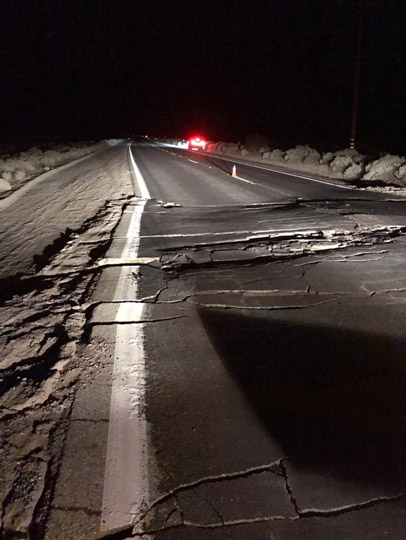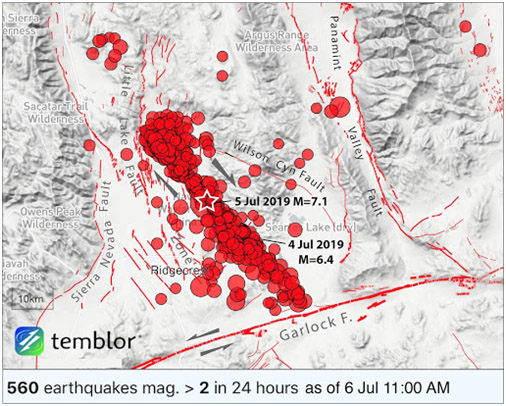On July 4th and 5th of 2019, 6.4 and 7.1 magnitude earthquakes occurred in San Bernardino County. It is fairly noted that the epicentre was in a remote area of the Mojave Dessert, east of California. It was strongly felt in the China Lake – Ridgecrest area, and it extended from Los Angeles to Las Vegas. The first earthquake had a depth of 10.7 km and the second one of 17 km. The 6.4 magnitude earthquake was preceded by numerous foreshocks and succeeded by hundreds of aftershocks. The maximum Peak Ground Acceleration (PGA) reached for the two earthquakes was 0.38 g and 0.48 g for the M 6.4 and M 7.1 events, respectively. According to official sources, the overall structural damage was small, except for typical vulnerable buildings, and there were no human casualties as the events happened during a holiday weekend, as reported in StEER.

The event on July 4th generated a large stress jump that triggered the second event on July 5th. As a matter of fact, it can be said that the M 7.1 earthquake was an odd phenomenon, which can be considered as an aftershock of the M 6.4 one, alternatively to the idea that the M 6.4 earthquake was a foreshock of the M 7.1 one. The closest aftershock is proximate to the Garlock Fault, extending between the Eastern California Shear Zone and the San Andreas Fault.
Foreshocks and aftershocks – What is the difference?
“Foreshock” and “aftershock” are relative terms used for earthquakes. Foreshocks are earthquakes that precede larger earthquakes in the same location. Therefore, an event can only be classified as a foreshock if a greater earthquake in the same area succeeds it. Aftershocks, on the other hand, are smaller earthquakes that occur in the same general area during the days to years following a larger event or "mainshock." They occur during the period of time before the background seismicity level has resumed, representing minor readjustments along the portion of a fault that slipped at the time of the mainshock. Historically, deep earthquakes, those with focal depths > 30 km, are much less likely to be followed by aftershocks than shallow earthquakes, but in all cases the frequency of these subsequent events decreases with time (USGS).
The following figures make evident the greater level of intensities generated by the M 7.1 earthquake in comparison to the M 6.4 one.
A new fault line
After the earthquakes of the 4th and 5th of July, a new fault line has been exposed. This fault had never been uncovered, even though many geologists have studied the area due to its aridness, undeveloped landscape, and association with the geothermal activity, making it the perfect zone to unveil fault lines. The geothermal activity has heated, stretched and weakened the crust in the region. Additionally, several seismic activities have been detected and studied, but didn’t led to the detection of the fault, made evident with the 4th and 5th of July events.

Impact and resilience of nearby cities
The resiliency of nearby cities such as Ridgecrest was demonstrated by a rapid recovery after the occurrence of both events and very little structural damage, except for typical vulnerable buildings, such as unreinforced masonry structures and mobile homes. Nevertheless, there were considerable non-structural and content losses, making evident the need to improve the design of non-structural components standards.
Trona city, on the other hand, did not prove as resilient, presenting greater structural damage explained mainly by the effects of ground failure and possibly strong site response related to soft sediments, as reported in the Preliminary Virtual Reconnaissance Report (PVRR) of the M 6.4 and M 7.1 Ridgecrest, CA Earthquakes, elaborated by the Structural Extreme Events Reconnaissance (StEER) Network. The report outlines the hazard characteristics, regulatory context and emergency response, and impacts of the mentioned events, by integrating publicly-reported information. Therefore, it serves the purpose of informing and supporting various practitioners and researchers of the earthquake engineering community, as well as establishing the basis of StEER’s larger coordinated response of the event. The report can be found as an attached document at the end of this page.
Resources
2019 California EQs PVRR Ridgecrest Earthquake.pdf
References
▪ ▪ ▪
Related content:
Michio Kaku on California earthquakes: "We're playing Russian roulette with Mother Nature" - CBS This MorningCBS News science and futurist contributor Michio Kaku is a physics professor at the City University of New York. He joins “CBS This Morning” to discuss the strongest earthquake to hit Southern California in 20 years and why the "big one" is imminent. |


